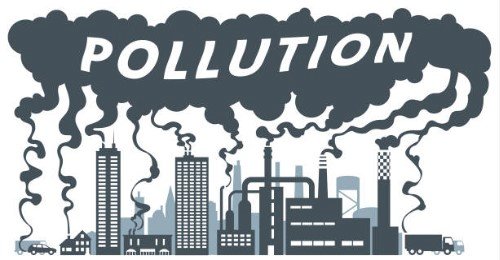The Environment Protection Act, 1986
The Environment Protection Act establishes the framework for studying, planning, and implementing long-term requirements of environmental safety and laying down a system of speedy and adequate response to situations threatening the environment.

It is an umbrella legislation designed to provide a framework for the coordination of central and state authorities established under the Water Act, 1974 and the Air Act. The term "environment" is understood in a very wide term under s 2(a) of the Environment Act. It includes water, air, and land as well as the interrelationship which exists between water, air and land, and human beings, other living creatures, plants, micro-organisms, and property.

Under the Environment Act, the Central Government is empowered to take measures necessary to protect and improve the quality of the environment by setting standards for emissions and discharges of pollution in the atmosphere by any person carrying on an industry or activity; regulating the location of industries; management of hazardous wastes, and protection of public health and welfare. From time to time, the Central Government issues notifications under the Environment Act for the protection of ecologically-sensitive areas or issues guidelines for matters under the Environment Act.
In case of any non-compliance or contravention of the Environment Act, or of the rules or directions under the said Act, the violator will be punishable with imprisonment up to five years or with fine up to Rs 1,00,000, or with both. In case of continuation of such violation, an additional fine of up to Rs 5,000 for every day during which such failure or contravention continues after the conviction for the first such failure or contravention, will be levied. Further, if the violation continues beyond a period of one year after the date of conviction, the offender shall be punishable with imprisonment for a term which may extend to seven years.





